Hannah opened in 2017, on the South Bank, very near the south side of Westminster Bridge. The chef/owner is Daisuke Shimoyama, born in the countryside in a town called Gunma. He started working at his uncle’s restaurant at the age of 15, then worked at several restaurants including 3-star Michelin Ryugin. He moved to London as sous-chef of Umu, where he later became head chef. He is also a qualified sake sommelier. The dining room has a counter to the left as you enter, and features large, generously spaced tables.
The various omakase menus were priced at £45 for a five-course lunch, £125 for an 8-course meal and £185 for a 12-course meal. Sake pairing was £115. There was a list of mostly high-end wines and a lengthy sake menu. Examples were Framingham Sauvignon Blanc 2021 at £75 for a wine that you can find in the high street for £18, Taittinger Comtes de Champagne 2011 at £275 compared to its retail price of £146, and Domaine de Montille Le Cailleret Puligny Montrachet 2019 at £318 for a wine that will set you back £227 in a shop. As you sit at the table you are greeted with hot towels, as is traditional for this type of meal.
The meal began with a beautifully presented tray of initial nibbles. Tofu cream with langoustine and langoustine shell oil worked well. In a teacup was a silky chawanmushi with slow cooked Iberico pork belly and stock of the pork belly. There was hispi cabbage with white miso and sansho (Japanese pepper), along with little deep-fried scallop and rice crackers. In a little glass was sashimi with chive oil, and finally vinegar-marinated mackerel sushi with Japanese ginger wrapped in white kombu and pickled mooli. This had a particularly nicely judged level of vinegar that balanced the natural oiliness of the mackerel (16/20).
Next was an unusual sushi course. A slice of Miyazaki A5 grade wagyu was seared and coated with a tare sauce made here using soy, sake and sugar. The sushi rice was the traditional japonica rice but this was actually grown in Italy rather than imported from Japan. The final touch was shaved foie gras that had been marinated in port. The beef was the highest quality and rare to see in the UK. Miyazaki beef won prizes at the “wagyu Olympics” competition in Japan, which has been running since 1966, an unprecedented three times consecutively. The beef was excellent of course and the tare sauce was lovely, with this sushi rice perhaps not quite to the same level as the other elements (easily 16/20).
The next course was sashimi, and was served in three stages. Black bream “shabu shabu” (which normally is a hotpot dish) had sashimi of the bream with a hot stock made from the bream head and bones poured over the fish at the table. This had quite clean, pure flavour. Smoked trout from Hampshire that had been killed in ikejime style was served with a topping of broth, salmon roe, edible flowers, ginger and a refreshing jelly. I am not a huge trout fan, but the jelly certainly lifted the flavour of the fish. Otoro sashimi bluefin from Spain was served with nagaimo (Chinese yam) and some wasabi from Devon mixed with brown sugar, and finally a quite rich sauce made from seaweed and soy, which perhaps would have been improved by a sharp or sour element to balance the richness of the fatty tuna (15/20).
In Japan ramen delivery is popular, the noodle soup arriving in a metal canister. This is how the next course was delivered, to evoke that memory for those who have lived in Japan. In this case, the ramen had hand-cut noodles, chicken cooked over charcoal, chicken stock and Iberico ham stock, all topped with grated black truffle. This was a very ambitious take on ramen, which in Japan is usually an inexpensive dish of pork stock served with something like a slice of pork and spring onions. The stock had very good flavour and the chicken was excellent, the earthy fragrance of the truffle adding its heady touch of luxury to the dish (16/20).
The luxury emphasis continued with the next course. Amadei (tilefish) was imported from Japan, and is a particularly prized fish there due to its subtle, almost sweet flavour. Its wholesale price in the UK is twice that of wild turbot. It was prepared here with a technique called matsukasa-yaki or pine cone baking, the scales fried and resembling a pine cone. The tilefish was served in tempura batter with a sauce of clam stock with razor clam, fish oil and aged ponzu sauce. The dish was completed by a slow cooked Kyoto turnip and N25 oscietra caviar. This was a classy dish, the tilefish precisely cooked and even the humble turnip tasting great (17/20).
This was followed by lobster with an umami butter mixed with bonito flakes, kombu and lobster coral along with miso and white miso. There was a separate lobster XO sauce with dried scallop slices and fried kombu. The lobster was superbly cooked, being very tender, and the sauces worked very well with the natural flavour of the shellfish (17/20).
The penultimate savoury course was charcoal grilled wagyu striploin Miyazaki A5 beef, served with a sukiyaki sauce with Spanish onions and morel mushroom sauce. To complement the beef were morels, shiitake, maitake and button mushrooms, and at the centre of the dish was an onsen tomago low-temperature boiled egg yolk (this stays quite firm after cooking). The beef had excellent flavour and the early season morels were very good, with the richness of the egg yolk balanced by the earthy mushrooms (17/20).
Traditionally a kaiseki savoury sequence ends with a simple bowl of rice and pickles. Fancy restaurants in Japan may embellish this a little, perhaps with some wild mushrooms, but here the chef took another path. Chirashi is literally “scattered sushi”, with seasoned sushi rice topped with a variety of toppings. In this case a wide variety of toppings appeared, each topping prepared in different ways. There was sea urchin from Iceland, otoro tuna, monkfish tempura, seared red mullet, smoked trout, black bream tataki, cuttlefish sashimi, brown crab and salmon roe. As well as the seafood there was pickled radish and shiitake, pickled egg and a fish soya sauce made from cuttlefish tentacles and fish bones. On the side was radish pickle with marinated radish and sakura leaves, and also a mooli (daikon) soup. The rice was nicely seasoned and the complex combination of toppings combined well together (16/20).
Desserts are rarely the strong point of a Japanese meal, at least to my taste, but the main dessert here was pretty good. Ice cream had been infused with tonka beans and sakura (cherry blossom) and came with azuki red bean paste, shaved pistachio, toasted soy flour, cherry blossom powder and a few strawberries. The ice cream was very good and the pistachios nicely lifted its flavour, though I can never quite appreciate the appeal of sweet red bean paste (14/20).
The final bites of the meal were a quartet of mignardise, displayed in an attractive wooden display case. There was a pleasant roll cake made with Cornish cream, a marshmallow with edible flowers, and a raisin cake with chestnuts and pine nuts. These were all nice enough though would not get the pastry section at Pic too concerned, but the best of the four elements was very good indeed. This was orange jelly made with yuzu and juice of Japanese oranges mixed with pear juice, with little cubes of pear inside the jelly. The latter added a crunchy texture contrast and texture of the jelly was superb. It was so good that we both asked for another one.
Service was superb, our waitress able to answer every food question without reference to the kitchen, and the sake server (Zoe) demonstrated really in-depth knowledge of the various sake options. The bill would have come to exactly £300 per person for the long menu and the sake pairing. I went with a friend of the chef and after a lengthy discussion involving considerable bowing, the end result of the negotiation was that we were entirely unable to get a bill. If you opted for the short menu and drank some modest wine or sake then a typical bill might be around £90, or somewhere between these numbers for the 8-course menu with drinks. Although this is not a cheap outing, the ingredient quality is very high indeed, the skill levels are considerable and the staff are a delight. This is the best kaiseki meal I have eaten in London. It is a little corner of Kyoto magically transplanted to the South Bank of the Thames. Do yourself a favour and eat at Hannah.
Further reviews: 09th May 2024




































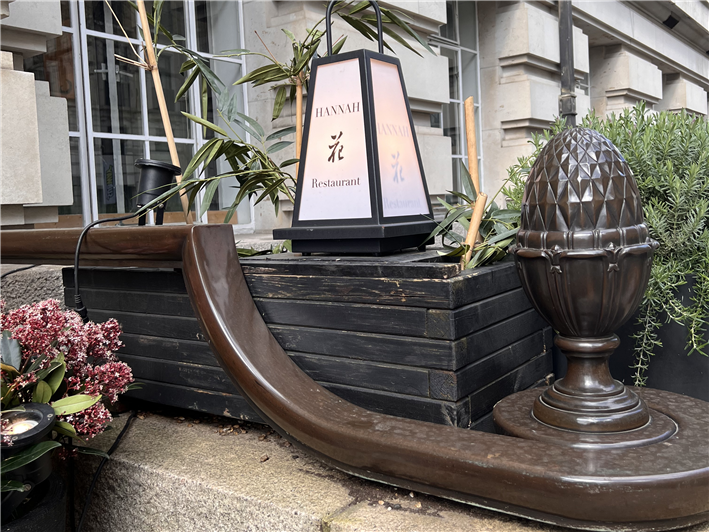

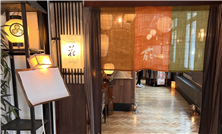
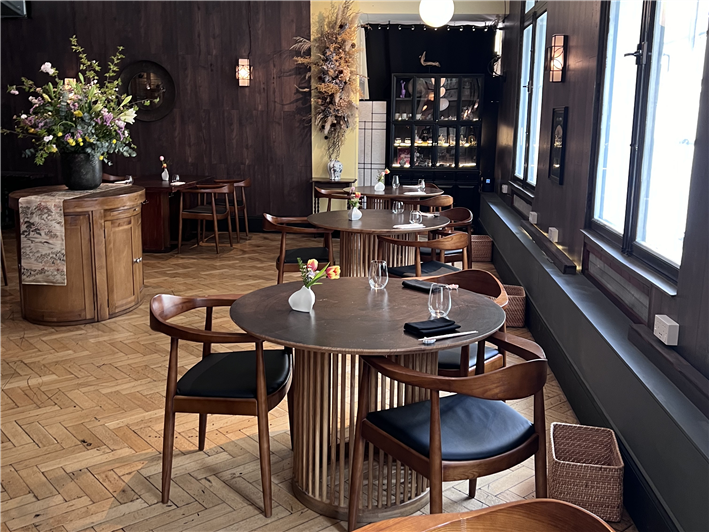

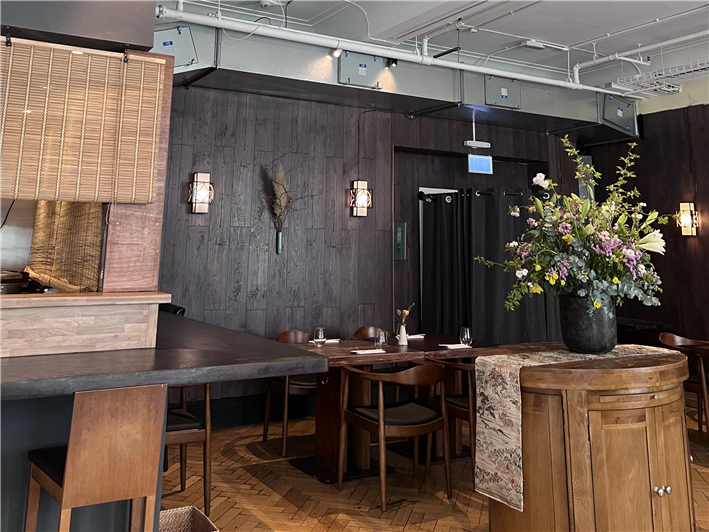
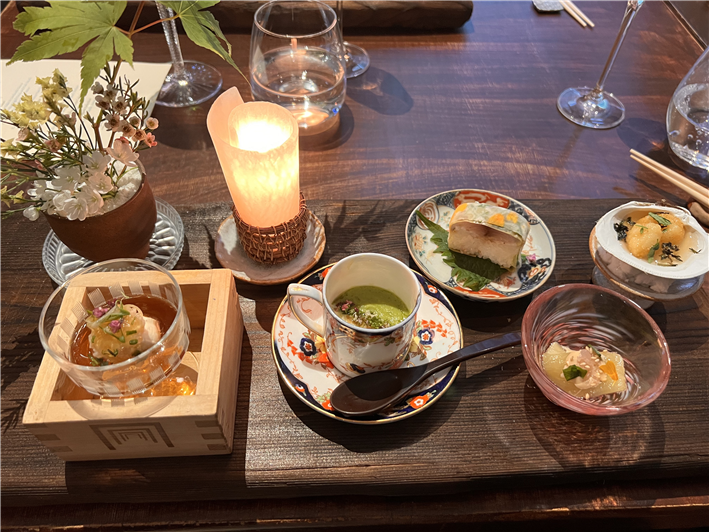
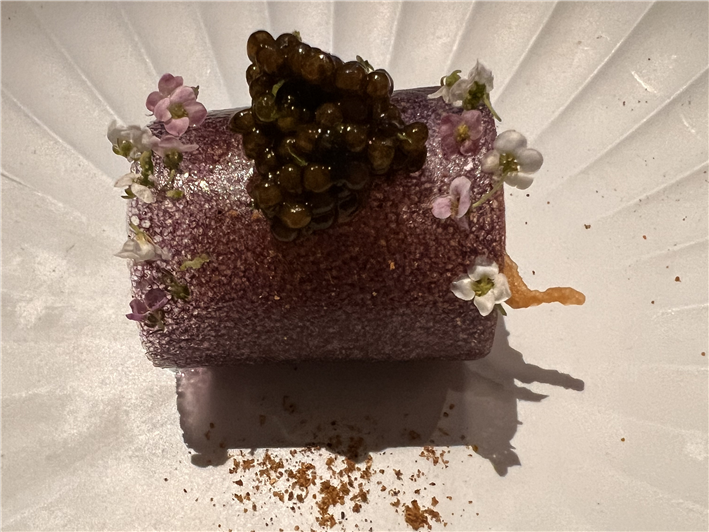


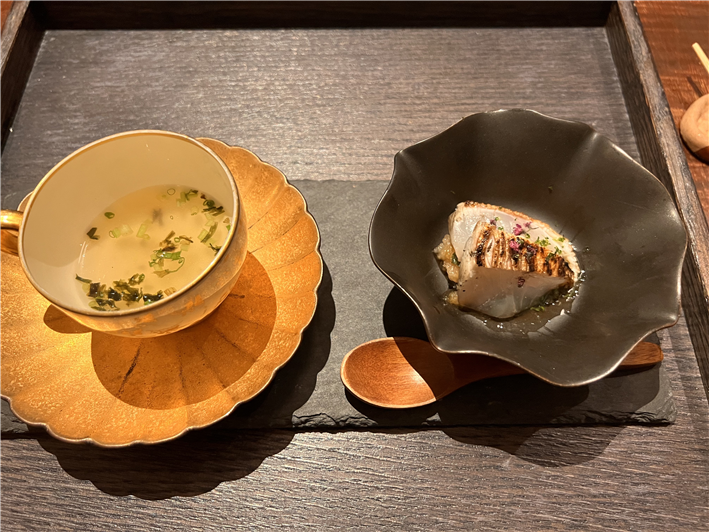

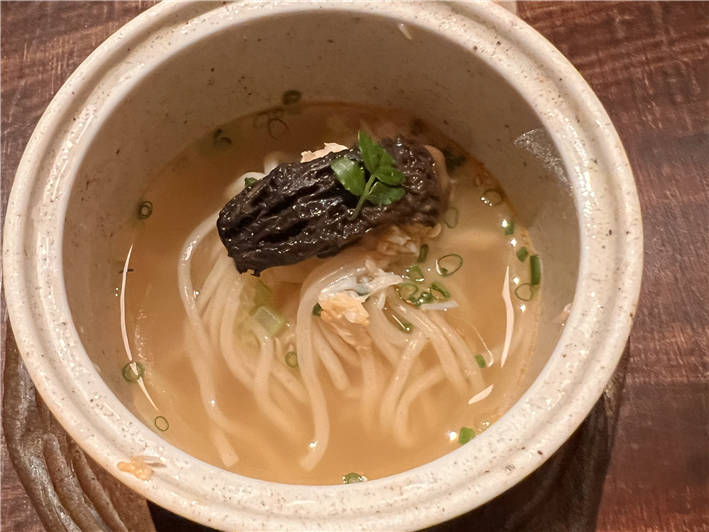
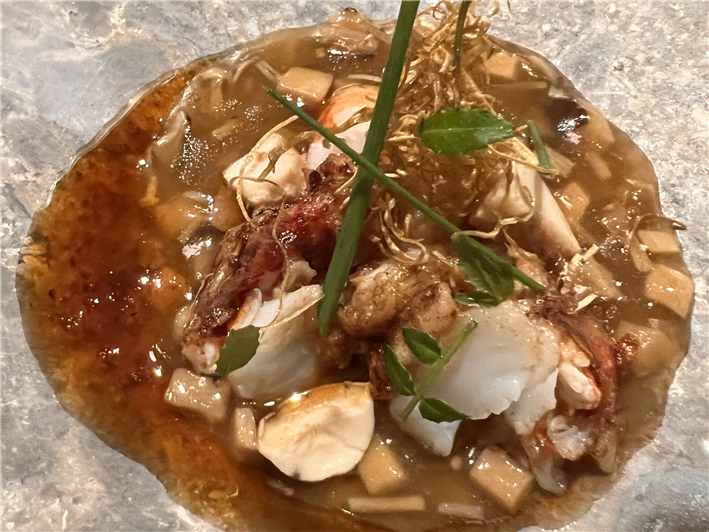



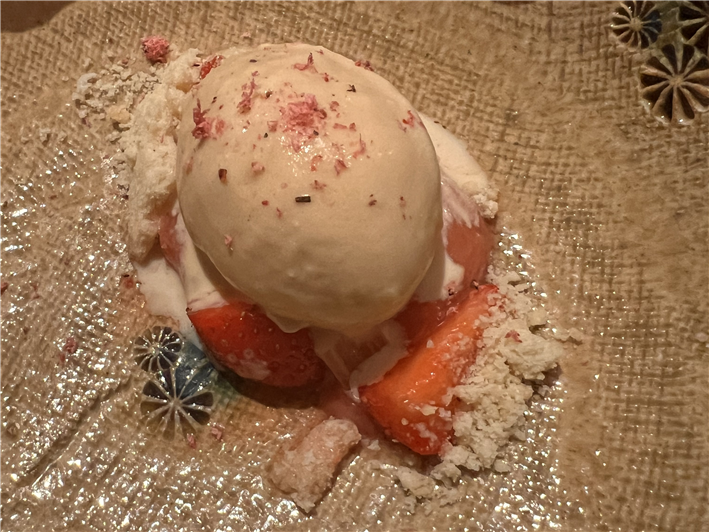
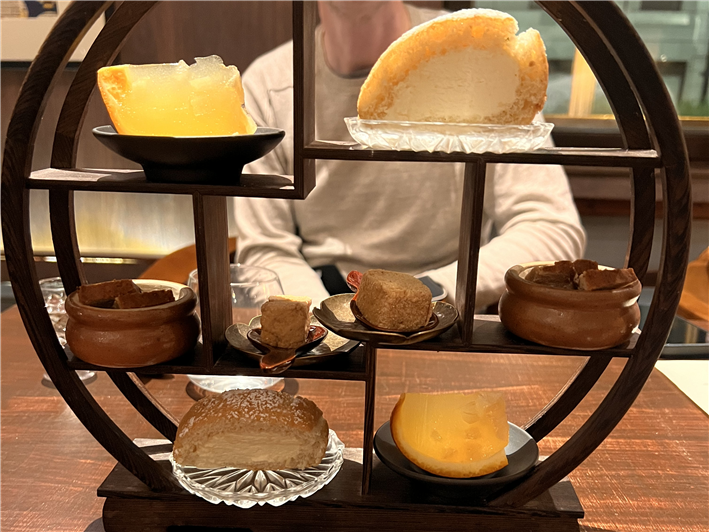
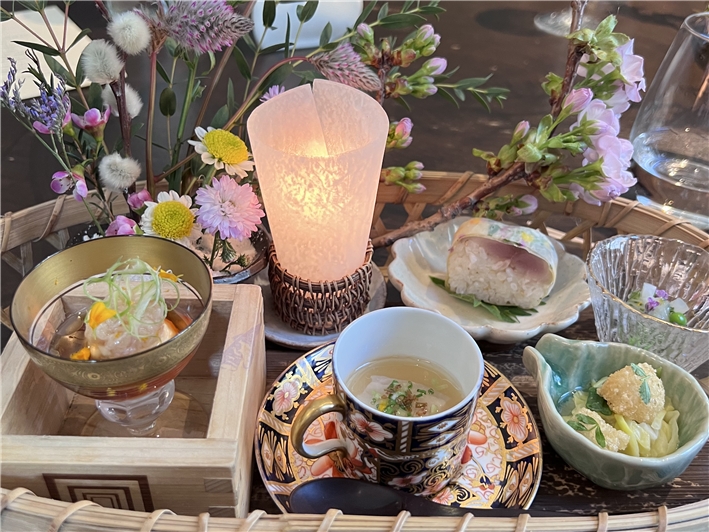
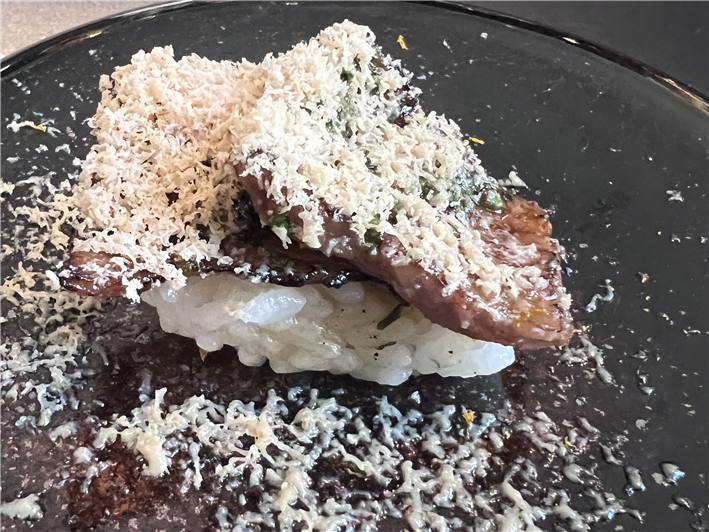


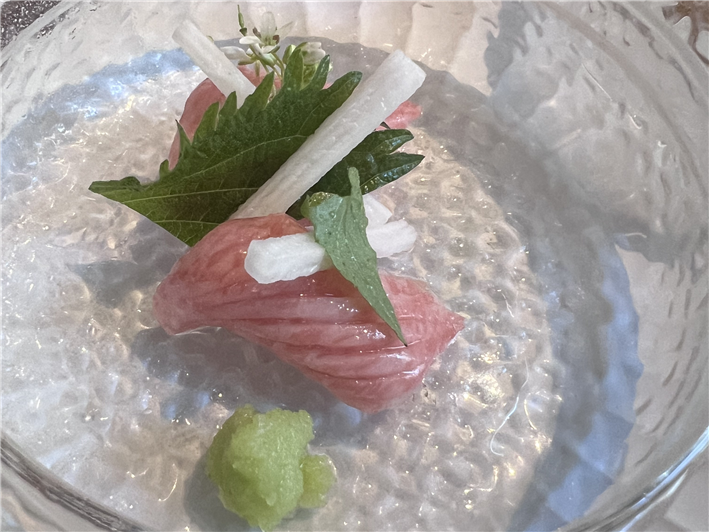


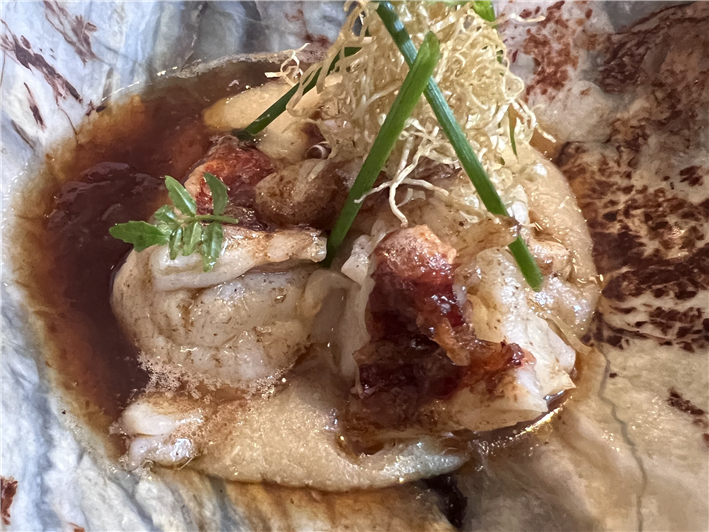
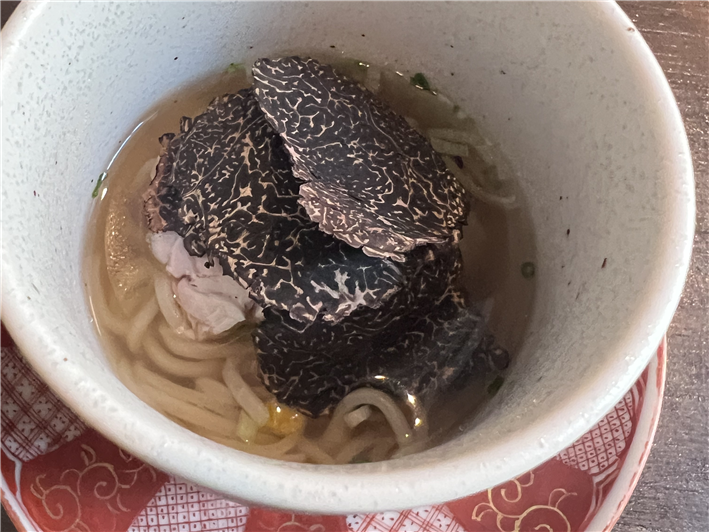
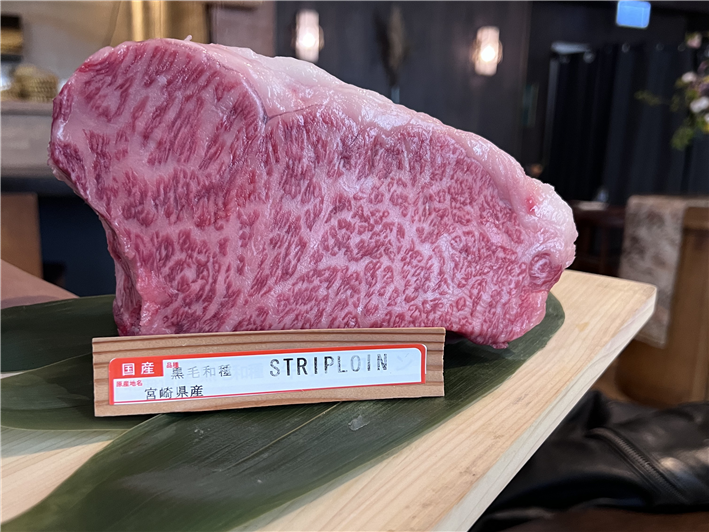
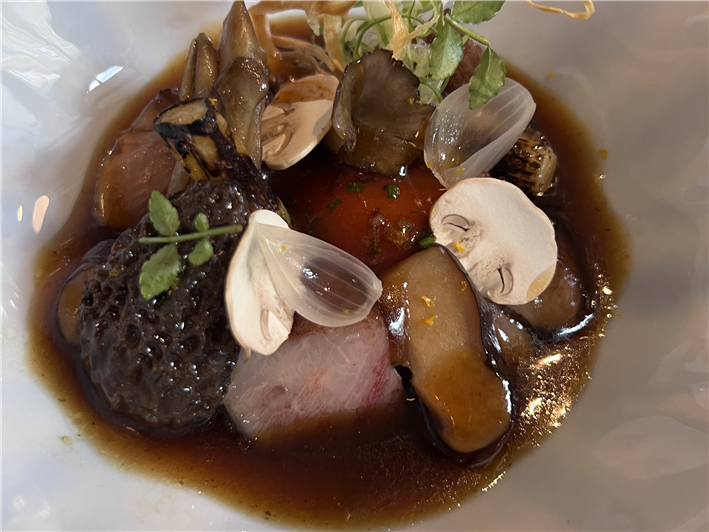
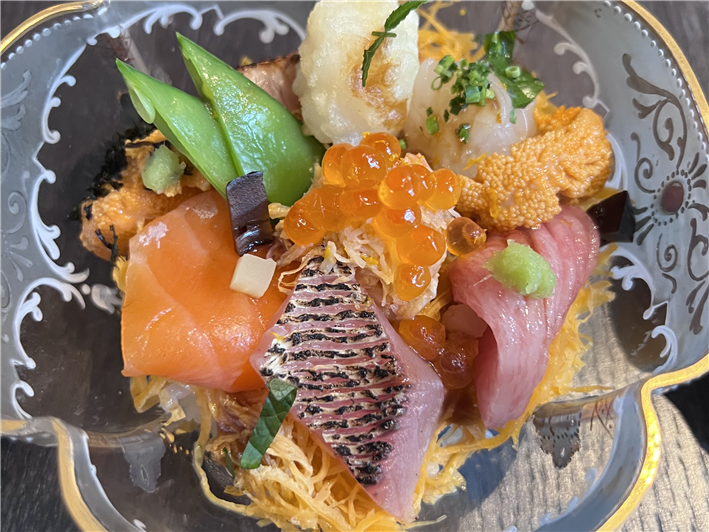
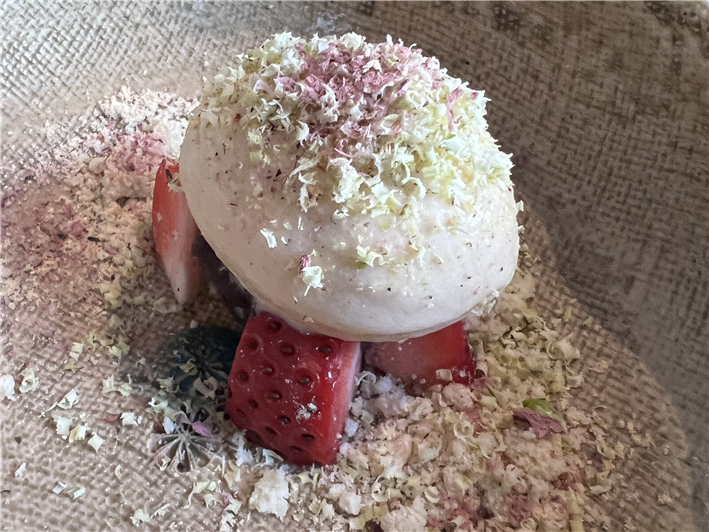

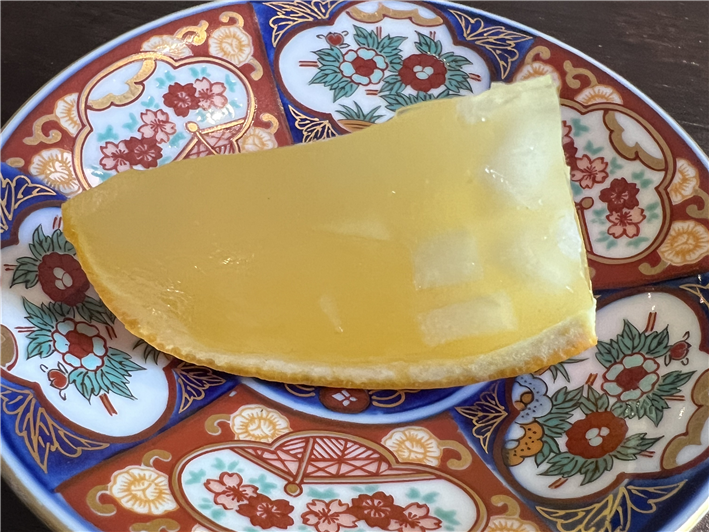


Add a comment
Thank you for submitting your comment, this will be checked and added to the website very soon.
User comments